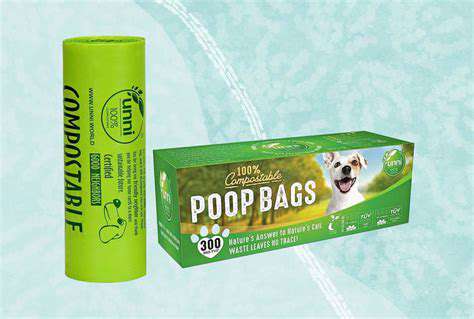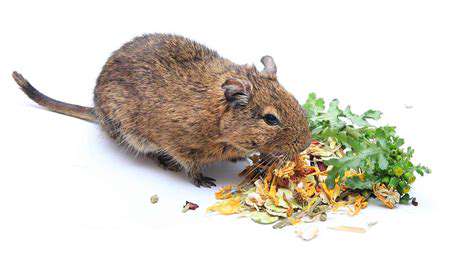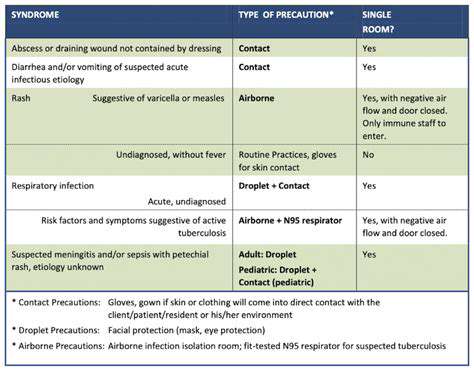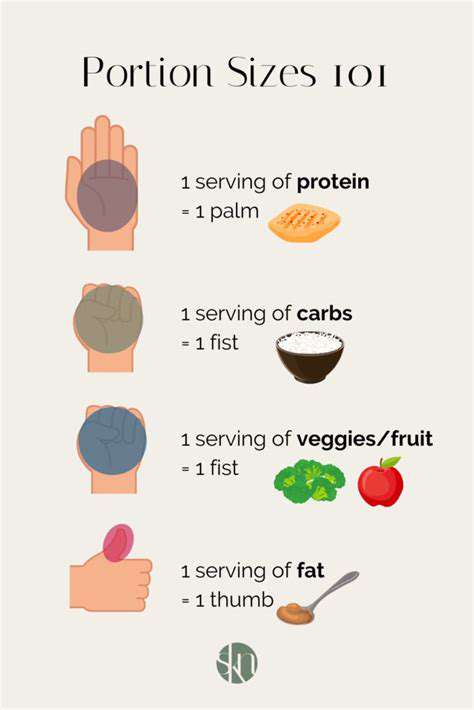The Truth About Pet Food By Products
Choosing the Right Pet Food for Your Furry Friend
Understanding Pet Food By-Products
Pet food by-products are a frequent source of concern for pet owners, often raising questions about the nutritional value and safety of these ingredients. It's important to understand that by-product doesn't automatically equate to low-quality ingredients. By-products are essentially the parts of an animal that aren't used for human consumption, such as organs, bone, and fat. Proper processing and inclusion in a balanced diet can make them a valuable source of nutrients for your pet, offering essential proteins, vitamins, and minerals. However, responsible manufacturers prioritize high-quality processing to ensure safety and eliminate potential contaminants.
Choosing a pet food that explicitly lists the specific by-product used (e.g., chicken by-product meal) can offer more clarity. This allows you to research and gain a better understanding of what's in the food, which can enhance transparency and address any concerns you may have about the origin and processing of the ingredients.
Evaluating Nutritional Content
Beyond by-products, scrutinizing the overall nutritional profile of the pet food is crucial. Look for a balanced composition of proteins, carbohydrates, and fats, as well as essential vitamins and minerals. A complete and balanced diet is vital for maintaining your pet's health and well-being throughout their life. Pay attention to the percentage of protein and fat listed on the label, as these are key components for energy, growth, and overall body function. Different life stages (puppy, adult, senior) require varying nutritional needs, so ensure the food is formulated to meet those specific requirements.
Ingredient Lists and Their Importance
The ingredient list on the pet food label provides a detailed breakdown of the components. Careful analysis of this list is vital in determining the quality and appropriateness of the food for your pet's needs. The order of ingredients listed reflects their proportion in the food; ingredients appearing first generally comprise a higher percentage. Understanding this order can help you identify the primary sources of protein and other essential nutrients in the food.
Checking for Additives and Preservatives
While some additives and preservatives are necessary in pet food to maintain shelf life and prevent spoilage, it's important to be mindful of their potential effects. Look for foods with minimal artificial colors, flavors, and preservatives. Avoid pet foods that contain artificial ingredients, as they may contribute to health problems or allergies in some pets. Always opt for pet foods with clearly listed natural preservatives or those with no artificial ingredients, if possible.
Reading Labels Carefully and Understanding Claims
Pet food labels often make claims about the benefits of the product, such as grain-free or high protein. While these claims can be helpful, it's crucial to read the label carefully and understand what they truly mean. Don't be swayed by marketing slogans alone. Researching the specific ingredients and their potential effects on your pet's health can help you make an informed decision. Compare different brands and formulations to find the best fit for your pet's unique dietary requirements and preferences.
Read more about The Truth About Pet Food By Products
Hot Recommendations
- Best Pet Bowls: Stainless Steel and Ceramic
- Pet Hydration: Why It's Crucial
- Stop Counter Surfing: Training Your Dog to Stay Off
- Pet Hypothyroidism: Symptoms and Management
- Signs of Pet Liver Disease: What to Watch For
- Pet Emergency Kits: What to Pack
- Dangers of Xylitol: Toxic to Dogs
- Dealing with Pet Diarrhea: When to See a Vet
- Preparing Pets for Travel: Tips for a Smooth Trip
- Pet Depression: Recognizing the Signs











